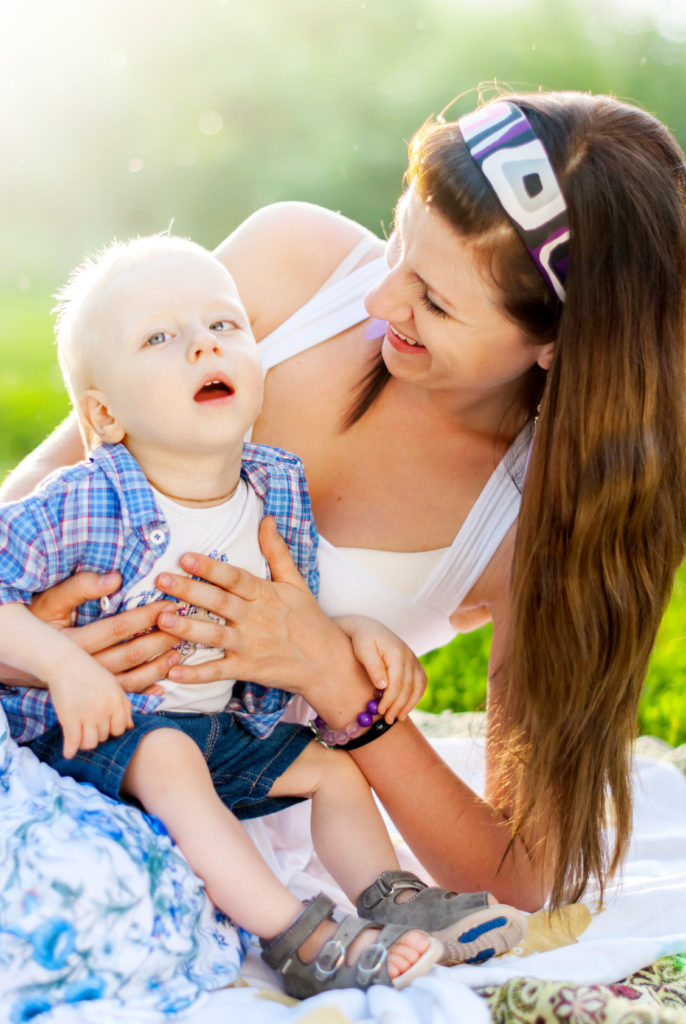How Cerebral Palsy Affects the Human Brain

Cerebral palsy symptoms are numerous and complicated. Cerebral palsy itself is not a specific disease. Instead, it is a collection of disorders and injuries to the brain. How it affects each child will vary depending on the type of brain disorder or injury present.
Cerebral palsy can occur during fetal development in the womb and up to a child’s second year of age. Because it occurs during the child’s critical developmental period, it can have a devastating effect on a child’s future life. The signs a child may have cerebral palsy usually present themselves before three years of age.
According to the Centers for Disease Control, cerebral palsy is the most common motor disability in children. Approximately one in 323 children in the United States is afflicted.
Common Cerebral Palsy Symptoms
It’s difficult to give a specific list of symptoms of cerebral palsy due to the nature of the condition. There are some symptoms though that tend to be found among all instances of the disorder.
These common symptoms include:
- Slow, stiff and/or uncoordinated physical movements (spasticity)
- Inability to control movements or muscles (dyskinesia)
- Gait problems, such as walking with one foot or leg dragging
- Tremors and shaking
- Lack of balance control (ataxia)
- Abnormal muscle development
- Missed physical and mental developmental milestones
The symptoms of cerebral palsy can have a considerable negative impact on a person’s quality of life. On average. for people with cerebral palsy:
- 1 in 3 cannot walk
- 1 in 4 cannot talk
- 1 in 10 is visually impaired
- 1 in 4 lives with chronic pain
- 1 in 4 suffers from epilepsy
- 1 in 2 is intellectually impaired
The symptoms of cerebral palsy vary from person to person.
Some individuals may be able to live fairly well despite all the symptoms. Others may have a severe impairment and need assistance throughout their lifetime.
The symptoms are also not static. They can change over the course of a person’s lifetime. They can also become emotional and behavior problems brought on by their physical condition. Approximately 25% of children with cerebral palsy have behavior issues. As these children grow into adolescence and adulthood, these behavior problems can turn into severe depression and anxiety disorders.
Adults with cerebral palsy also have a higher than normal rate of developing hypertension, bladder dysfunction, incontinence and difficulty swallowing.
Four Types of Cerebral Palsy and Symptoms
There are four main types of cerebral palsy: spastic, dyskinetic, ataxic and mixed. They are grouped based on how they affect a person’s movement. Symptoms will vary with each type.
1. Spastic Cerebral Palsy
The most common type of cerebral palsy is spastic. About 80% of people who suffer from cerebral palsy have the spastic variety. Spastic cerebral palsy causes the person’s muscles and joints to stiffen and they cannot relax or move them easily. As a result, these people have difficulty moving their limbs, maintaining balance and coordination, and doing fine motor tasks such as dressing and eating.
They may also have problems speaking correctly due to lack of muscle control of their mouth, tongue and/or windpipe. Speech impairments do not necessarily indicate the person has an intellectual disorder, however.
Persons with spastic cerebral palsy may need a walker or leg braces. In more severe cases they may need a wheelchair and cannot walk at all.
Other conditions that can develop because of cerebral palsy include scoliosis and seizures.
There are four types of spastic cerebral palsy: hemiplegia (diplegia), monoplegia, quadriplegia, triplegia.
In hemiplegia, one side of the body is affected, while in diplegia both of the legs are affected. In monoplegia, one arm or leg is affected. In triplegia, three limbs are affected (one arm and two legs, or two arms and one leg). And in quadriplegia, all four limbs are affected.
Quadriplegics usually have trouble eating and talking. They also tend to have developmental intellectual disabilities and problems with their vision, hearing, and speech.
2. Dyskinetic Cerebral Palsy
In dyskinetic cerebral palsy, the muscles rotate between too loose and too tight. This can lead to the patient displaying rapid, twitching movements interspersed with slow, steady movements that occur involuntarily.
The areas affected tend to be the face, neck, hands, feet, arms, legs and torso. In situations where facial and mouth muscles are affected, the person will have trouble speaking, eating and drinking. They may also find their facial expressions adversely affected.
In other persons with dyskinetic cerebral palsy, the body and neck appear almost locked into a stiff position.
3. Ataxic Cerebral Palsy
One of the rarest forms of cerebral palsy is ataxic. In ataxic cerebral palsy, the person’s entire body is afflicted. Their hands, arms, legs and torso all experience abnormal movements.
Persons wth ataxic cerebral palsy have problems maintaining balance and making precise movements. Fine motor control is difficult and small tasks such as writing, typing, using utensils or fastening clothes are often impossible.
Coordination is also an issue for persons with ataxic cerebral palsy. They may walk with their feet wide apart and display difficulty with maintaining good balance.
4. Mixed Cerebral Palsy
In mixed cerebral palsy, you will find more than one of the main types of cerebral palsy present. You may also see what is known as “total body cerebral palsy.” This condition includes at least one of the following: spastic quadriplegic cerebral palsy, dyskinetic cerebral palsy and ataxic cerebral palsy.
Outlook
Unfortunately, there are no known treatments currently available to treat cerebral palsy.
Children with cerebral palsy face a host of physical issues, and dealing with the physical symptoms of cerebral palsy will most likely continue throughout their lifetime.
They may also face intellectual deficits depending on the type of brain injury they experienced. Emotional disorders are common among person with cerebral palsy as well.
Cerebral palsy symptoms are something the afflicted individuals and their families will contend with for the rest of their lives.
